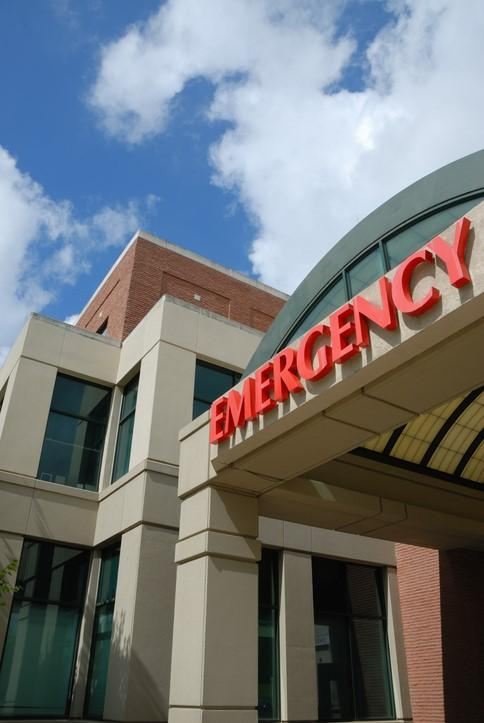A Michigan State University–led study reveals significant disparities among nonfederal US hospitals and labs in COVID-19 public health reporting and electronic clinical data exchange due to inconsistent requirements in 2020 and 2022.
For the study, published this week in Health Affairs Scholar, the researchers parsed data from the 2020 and 2022 American Hospital Association information technology supplement surveys on hospital experiences in COVID-19 public health reporting, accessing clinical data from external providers for the care of infected patients, and successes in reporting vaccine-related adverse events to federal and state entities.
A total of 2,885 hospital chief executive officers responded to the 2020 survey, while 3,127 responded to the 2022 version.
Detailed reporting needed for continuous care
The study authors said that during the initial pandemic wave, public health reporting systems struggled to provide real-time data to key decision-makers, mostly due to data interoperability and analytical shortcomings.
"From March 2020 onward, both the Department of Health and Human Services and the Centers for Disease Control and Prevention mandated US hospitals to consistently report daily on COVID-19 cases," they wrote. "Concurrently, state and local health agencies set forth their data requirements, focusing on hospital capacities and supplies. These reporting obligations were instrumental for governmental monitoring, informed resource distribution, and public awareness."
One challenge was the efficient exchange of patient data for COVID-19 treatment, because amid patient surges, most patients were instructed to visit hospitals only if they had severe symptoms.
"Many had previously seen other health care providers for initial evaluations and treatments," the researchers wrote. "For hospitals, obtaining detailed electronic clinical records from outside sources was crucial for continuous patient care, particularly given the virus' acute nature and the rapid progression of symptoms in some patients."
Directives dissimilar among agencies
In 2020, 85% of survey respondents said they relayed their capacity and medical supply data to federal public health agencies, while 93% reported to state agencies, and 51% gave this information to local public health agencies.
But only 18% of hospitals found the directives to be consistent across government agencies. Most (66%) said the directives were only somewhat similar, and 16% reported that the directives from different levels were dissimilar, noting either obvious differences or a complete lack of comparability.



















